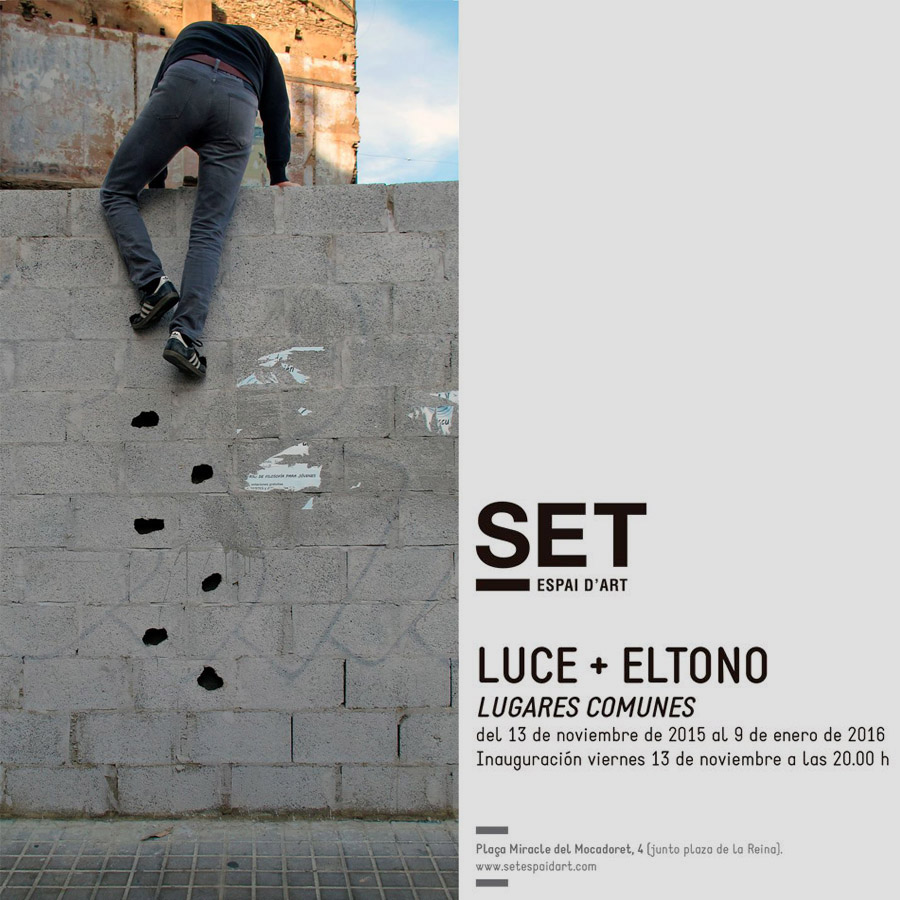Peinture participative et générative
Parc Clemenceau
Dijon, France 06/2016
5 jours avec 87 participants – projet organisé par le centre culturel de l’Acodege et financé par la commission du quartier Clemenceau et la mairie de Dijon.
Le Dédale, parcours d’art dans l’espace public
Belvès, Dordogne, France, 06/2016
Quand on me propose de participer au Dédale à Belvès, je pars tout de suite arpenter les rues du village à la recherche d’idées pour y intervenir. Habitué à intervenir en ville, créer dans les rues d’un village si charmant et harmonieux représente pour moi un vrai challenge. Rapidement, je remarque la présence d’un certain nombre de maisons inoccupées aux ouvertures condamnées par des planches de bois. J’ai alors l’idée d’intervenir directement sur ces planches et vieux volets clos pour mettre en valeur les bâtiments sans les dénaturer, sans toucher à leurs pierres. Peindre sur ces supports éphémères, témoins marginaux d’une activité interrompue, leur redonne une certaine dignité et leur octroie à nouveau un rôle honorable dans la ville : support d’œuvre d’art.
Somerset House
Londres, Royaume Uni
Exposition organisée par A by P
3 mars – 2 mai 2016
Footpaths
Quatre performances à pied de 15 minutes
Encre noire sur papier Fabriano Rosaspina 285 g. 100 x 70 cm, vidéo de 2 minutes
Règles :
www.a-by-p.com
www.somersethouse.org.uk/visual-arts/venturing-beyond
Peinture participative et générative
Cité Brûlard (les “408”)
Besançon, France 03/2016
9 jours avec 125 participants – projet organisé par l’association Juste Ici dans le cadre d’un CLEA avec les écoles primaires de la Butte et de la Grette.
Merci à toute l’équipe de Juste Ici, aux volontaires (Fany et Sandrine), à la MJC Grette-Butte, aux résidents des 408, aux enseignants des écoles de la Grette et de la Butte et surtout aux 125 élèves qui ont participé à la peinture.
Photos de Fany et Eltono
Peinture participative et générative
Marché des Grésilles
Dijon, France 03/2016
4 jours avec 30 participants – projet organisé par Zutique avec la participation des enfants de la MJC et du centre social des Grésilles.
Phnom Penh, Cambodge
Avril 2015
Invité par l’Institut Français et les artistes Chifumi et Théo Vallier.
Luce + Eltono
SET Espai d’Art
Plaza Miracle del mocadoret 4, Valencia, Spain
November 13th 2015 – January 12th 2016

“Lugares Comunes” was my first collaboration with Spanish artist Luce. We worked during three weeks on four installations based on observations and experiences we had around the city of Valencia.
This piece is about making holes in abandoned plot walls so we can facilitate the access to their interior. The holes were punched following a zig-zag pattern so that they could be used as a ladder. We used hammers and chisels and the holes came out irregular because they were made quickly and illegally. The size had to be big enough so a foot could fit in it. In the gallery, we showed five full scale “break-in ladders” made of wood. They were exact life size replicas and included the same shape, dimensions and arrangement for each hole. Reproducing the holes in wood had to be done rigorously and required precision and accuracy, which was a direct contrast to the way the holes were randomly produced on the street with a hammer and a lot of adrenaline.
This is a hollow omega shaped structure we build to be placed on top of deserted plot walls. Inside, a set of mirrors allowed us to literally see through the wall. We attached wheels so the artifact could be moved horizontally offering the viewer a proper exploration of the inside of the plots. In the gallery, we built a wall to support the periscope and showed a video of how people used it to see through different walls around the city.
All around the city, we observed a lot of unused L shaped brackets on places where an air conditioning unit used to be installed. We decided to exploit them to install a seat. The seat and the backrest leaned on the L squares mounted on the facade of the buildings. For the exhibition, we installed L brackets to set-up one chair and we showed four photographs of one of us sitting on it. These self-portraits served as a witnesses to the performances in the street as well as an opportunity for the public to see the artists enjoying the devices as they contemplate the city from a novel point of view.
We used eight wood sticks of different lengths with a hole drilled on one side and a wax crayon attached to the other. In the street, we looked for unused screws coming out of the walls to hang them. These screws became center points to draw curves playing with the restrictions imposed by the position of the screw, the size of the stick and the surrounding elements. Inside the gallery, we reproduced a real situation that we observed in the street formed by eight screws and used the sticks to draw lines on one of the gallery walls. We made eight small scale drawings on paper that serve as a proof of the completion of the mural.
Additional actions we did during the preparation of the show. Experimentations that we didn’t show in the exhibition but that were part of the process.
“33,333”
Port de la Gare Paris 13e
Performance Nº48 – 17 et 18 octobre 2015
www.lemur13.com